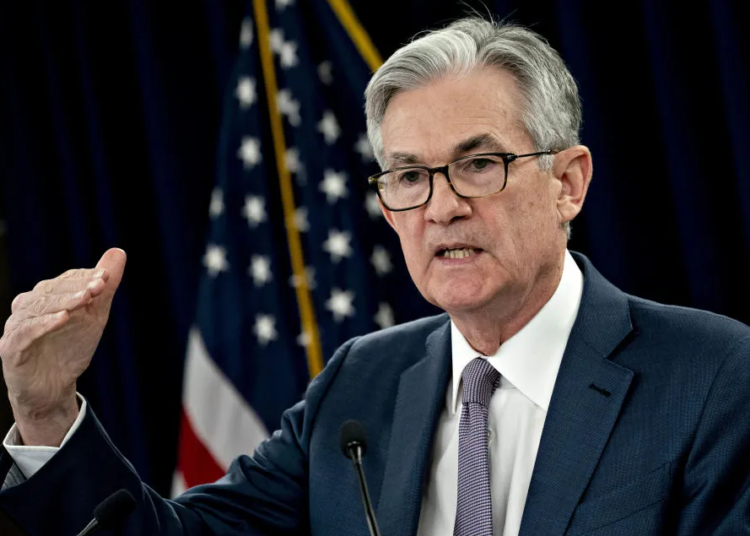WASHINGTON – The Federal Reserve intensified its fight against the worst inflation in 40 years by raising its benchmark interest rate by half a percentage point Wednesday — its most aggressive move since 2000 — and signaling further large rate hikes to come.
The increase in the Fed´s key short-term rate raised it to a range of 0.75% to 1%, the highest point since the pandemic struck two years ago, AP reported.
The Fed also announced that it will start reducing its huge $9 trillion balance sheet, made up mainly of Treasury and mortgage bonds.
Reducing those holdings will have the effect of further raising loan costs throughout the economy.
With prices for food, energy and consumer goods accelerating, the Fed´s goal is to cool spending – and economic growth – by making it more expensive for individuals and businesses to borrow.
The central bank hopes that higher costs for mortgages, credit cards and auto loans will slow spending enough to tame inflation yet not so much as to cause a recession.
It will be a delicate balancing act. The Fed has endured widespread criticism that it was too slow to start tightening credit, and many economists are skeptical that it can avoid causing a recession.
Speaking at a news conference Wednesday, Chair Jerome Powell made clear that further large rate hikes are coming. He said that additional half-point increases in the Fed’s key rate “should be on the table in the next couple of meetings” in June and July.
But Powell also sought to downplay any speculation that the Fed might be considering a rate hike as high as three-quarters of a percentage point.
“A 75-basis-point hike is not something that the committee is actively considering,” he said – a remark that appeared to cause stock indexes to jump. Before he spoke, the Dow Jones Industrial Average had risen modestly. Less than an hour later, the Dow was up 700-plus points.
At his news conference, Powell stressed his belief that “restoring price stability” – that is, curbing high inflation – is essential to sustaining the economy’s health.
In their statement Wednesday, the central bank’s policymakers noted that Russia´s war in Ukraine is worsening inflation pressures by raising oil and food prices. It added that “COVID-related lockdowns in China are likely to exacerbate supply chain disruptions,” which could further boost inflation.
Inflation, according to the Fed’s preferred gauge, reached 6.6% last month, the highest point in four decades. Inflation has been accelerated by a combination of robust consumer spending, chronic supply bottlenecks and sharply higher gas and food prices, exacerbated by Russia’s war against Ukraine.
Starting June 1, the Fed said it would allow up to $48 billion in bonds to mature without replacing them, a pace that would reach $95 billion by September.
At September’s pace, its balance sheet would shrink by about $1 trillion a year. The balance sheet more than doubled after the pandemic recession hit as the Fed bought trillions in bonds to try to hold down long-term borrowing rates.
Powell has said he wants to quickly raise the Fed´s rate to a level that neither stimulates nor restrains economic growth. Fed officials have suggested that they will reach that point, which the Fed says is about 2.4%, by year´s end.






Discussion about this post